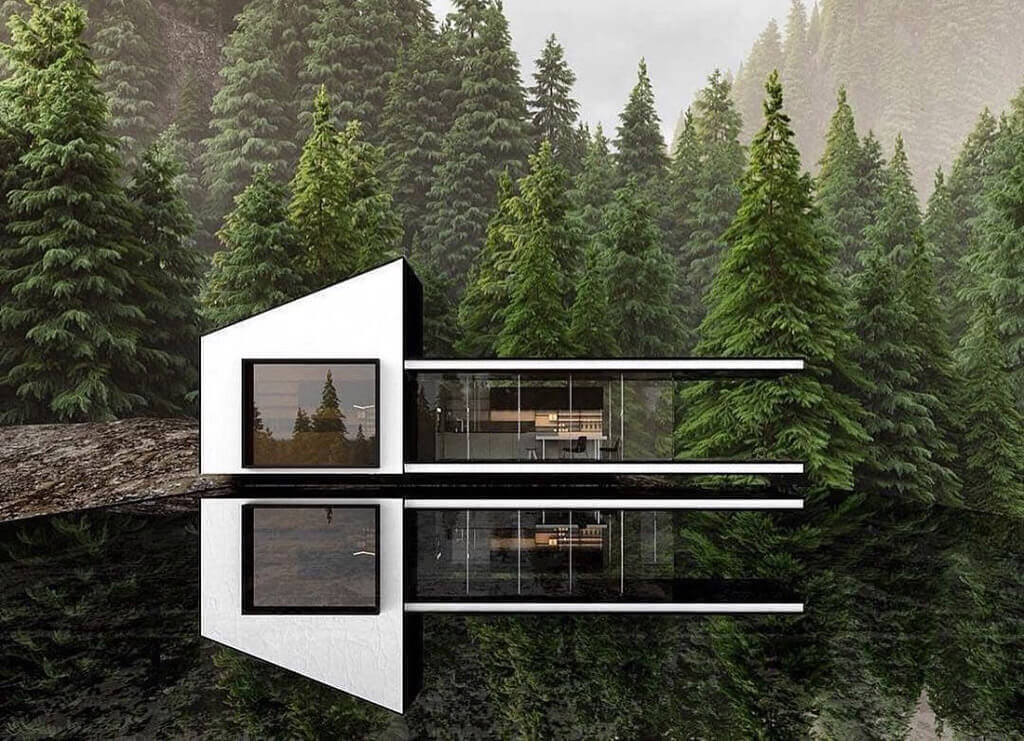What is modern architecture? When, where and how did modern architectural movement emerge? What are main characteristics of modernist buildings? Who are the famous modern architects? Here is modern architecture history from A to Z and modern architecture buildings by country…
Contents
What is Modern Architecture?
Modern architecture is based on the developments caused by the industrial revolution that took place in the 19th century and became widespread in the first half of the 20th century; It is an innovative architectural style that seeks solutions suitable for the needs of its age, understanding of art and building technology.
Modern architecture is based on the use of new construction technologies and building materials (especially reinforced concrete, glass and steel) of the period. Functionalism, the idea that form should follow function, is prominent in modern architecture. Decorations other than the structural, functional and spatial requirements of the building are rejected. Theoretically, a good building should have qualities suitable for its intended use as well as aesthetic appeal.
Note: Don’t forget to read our article on architectural history from prehistory to the present!

All architectural styles that developed from 1910 to the 1980s are considered “modern architectural movements”. The pioneers and most important architects of modern architecture; Frank Lloyd Wright, Staatliches Bauhaus, Ludwig Mies van der Rohe, Walter Gropius and Le Corbusier.
In modern architecture, the arrangement of interior spaces and plan is at least as important as the exterior. You can read our Modern Interior Design Ideas article to get information about modern interior design and its history.
Difference Between Contemporary and Modern Architecture
Modern and contemporary architecture, which is constantly mixed, refers to different periods and styles. Modern architecture is inspired by an art movement known as modernism that lasted until the 1960s. Contemporary architecture, on the other hand, refers to the period from the 1960s to the present. Modern architecture, which had become too cold for daily life due to the rigidity of modern principles and the uniformity of building materials, left its place to contemporary architecture in the 1960s.
Note: You can read our article “What is Postmodern Architecture” to get information about the history and characteristics of postmodern buildings.
Modern Architecture History
When and Where Did Modern Architectural Movement Begin?
Modern architecture is a process that started in western civilizations with the industrial revolution at the end of the 18th century. It stems from the desire to break away from old architectural styles and invent something new that is purely functional and new, along with the technology, engineering and building materials revolutions at the end of the 19th century.
The material revolution in architecture begins with the use of iron, glass and reinforced concrete to build stronger, lighter and taller structures. In 1848, a sheet of cast glass was discovered that allowed very large windows to be produced. The Crystal Palace, designed by Joseph Paxton at the 1851 London exhibition, is considered the first example of modern architecture.
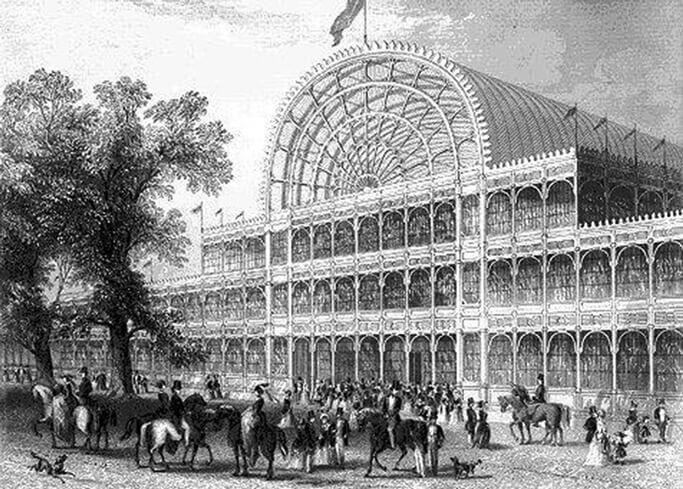
The emergence of new materials and techniques inspired architects to move away from the neoclassical and eclectic models that dominated European and American architecture in the late 19th century. This break with the past is mentioned in the 1872 book “Entretiens sur L’Architecture” as follows:
We can start a new architecture using the tools and knowledge that our time has given us, without traditions that are no longer obsolete today. material for each function; its own form and ornament for each material.
Eugène Viollet-le-Duc
This book influenced many architects of the period, including Louis Sullivan, Victor Horta, Hector Guimard and Antoni Gaudi.
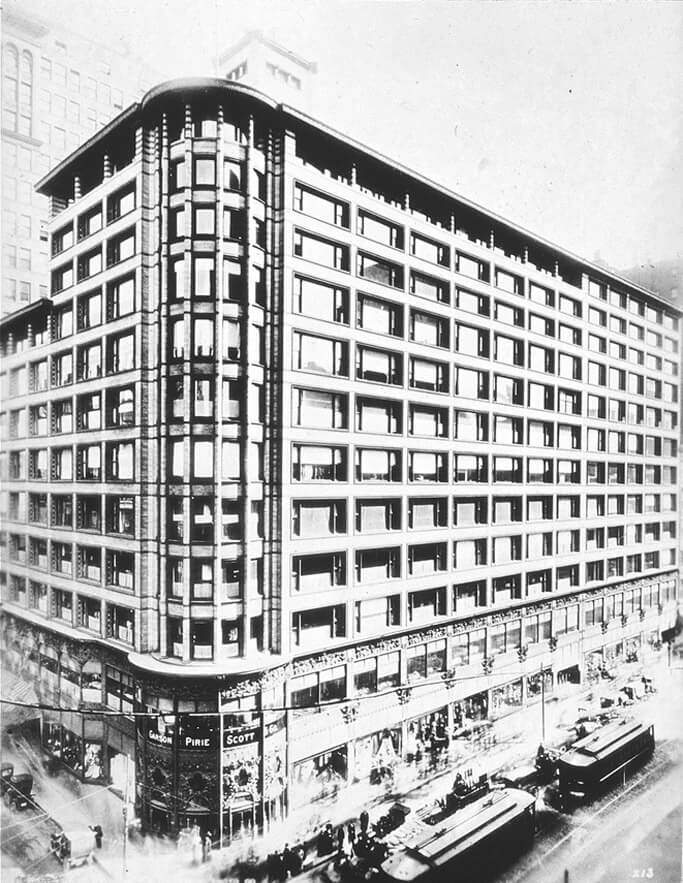
The idea that “form must follow function”, put forward by Louis Sullivan to emphasize the importance of utilitarian simplicity in modern architecture, forms the basis of modern architectural thought. Architect Louis Sullivan, who designed buildings for the 1893 Chicago World’s Fair, pioneered the first tall steel-frame office buildings in Chicago.

The famous architect Otto Wagner in Vienna is another pioneer of this new style. With the title he gave to the book he published in 1895, he became the father of a phrase that would later be used by all art science. In his book “Moderne Architektur” he talks about a more rational architectural style based on modern living. In this architectural style, which consists of steel, glass and concrete, without ornaments, much more geometric and simplified; The interior is fully functional and consists of a large open space, the only ornamentation being the building itself.
Why and How Did the Modern Architectural Style Emerge?
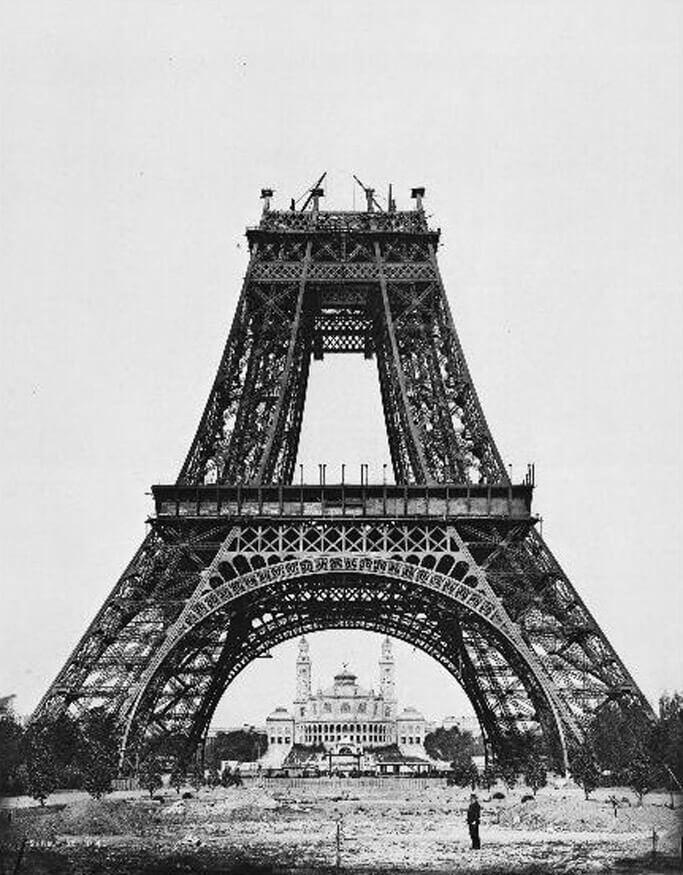
The development of science, technique and industry brought with it a new system of thought. After the First World War, the 1920s was a period of utopia. In this period, the new architecture had to be different from the styles of the past. The 19th century architecture based on imitation and eclecticism and exaggerated decorations should have been avoided. The subjects, materials and technology of the age were also very different from the previous period. Different building needs such as airports, hangars, many industries and sports facilities arose. The concept of housing, on the other hand, would gain a whole new meaning and dimension in the 20th century.

Building materials, as well as building types, had changed. Reinforced concrete, steel, aluminum and glass became popular materials of the new era architecture. Architects began experimenting with new techniques with these new materials, which gave them more design freedom. Reinforced concrete, which can be molded as desired and create large spaces, has replaced stone and brick as the main materials for modernist architects. In 1903-1904, in Paris, Auguste Perret and Henri Sauvage built reinforced concrete apartment structures with concrete previously used only for industrial buildings.
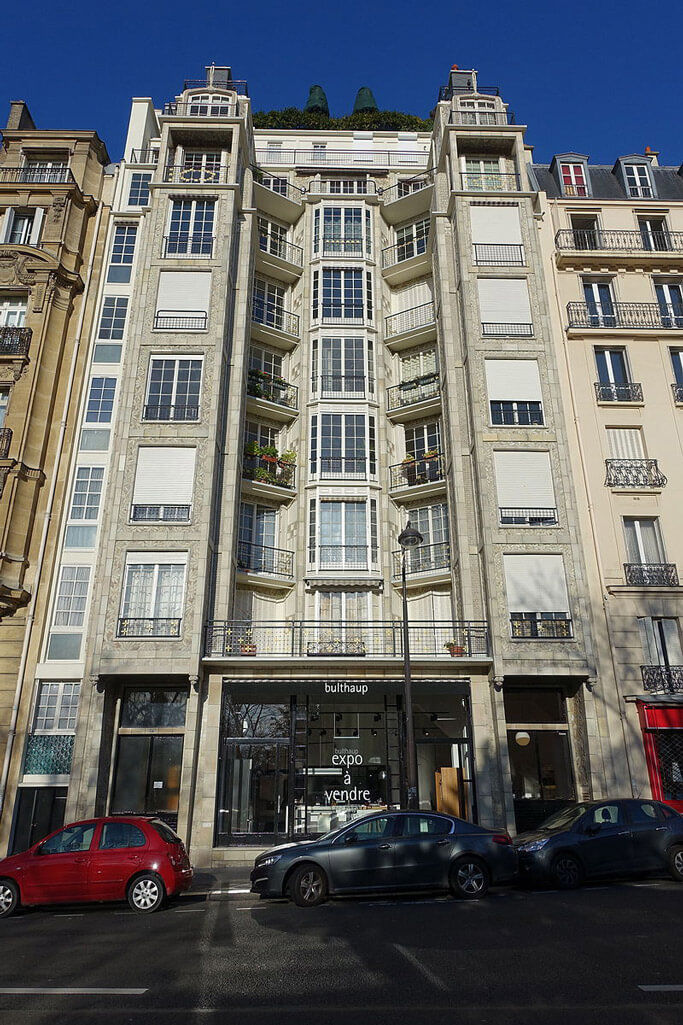
By the middle of the 20th century, reinforced concrete shells, highly curved surfaces, three-dimensional space lattice system, suspended-tension structures led to the emergence of brand new forms in architecture. Structural engineers, who think and act like architects, have a great role in such designs.
Thus, the possibilities provided by new materials and structural methods made a new architecture both necessary and possible that would respond to the needs of a constantly urbanizing modern society. Modern architecture, which tended to rationalize and industrialize with a new ideology, would adopt original design searches instead of copies of historical forms.
How Did the Modern Architecture Spread?
1. Bauhaus School
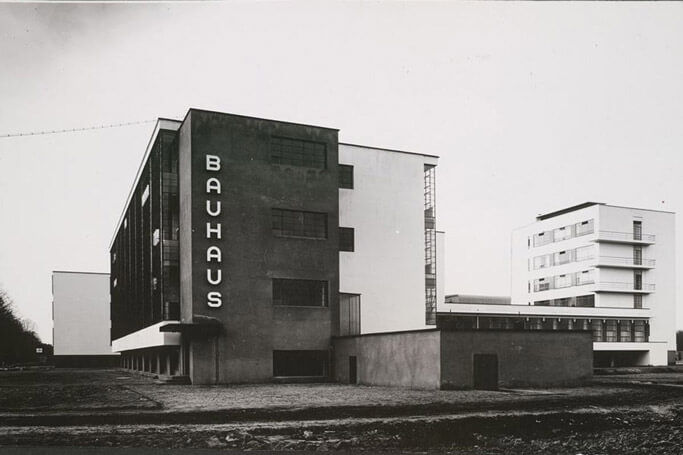
The world-renowned art and design school was founded by architect Walter Gropius in 1919 in Weimar, Germany. According to Gropius after the war, a new architectural style had to begin, in which more functional, inexpensive and durable products were produced. The Bauhaus approach embraced the natural virtue of industrialization, anonymity.
The Bauhaus school, which creates new trends in the fields of architecture, design and art; He moved to Dessau in 1925 and to Berlin in 1928; It was closed by the Nazis in 1933. Its last manager, Ludwig Mies von der Rohe, and other architects at the Bauhaus moved to the United States, promoting the spread of modern architectural ideas.
2. The 5 Principles of Modern Architecture, Le Corbusier
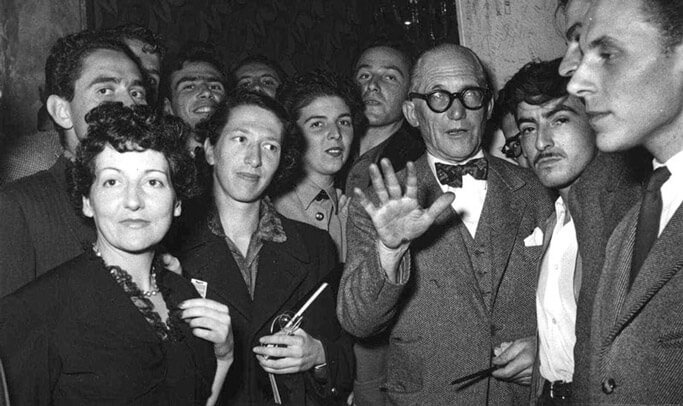
One of the most important influences in the formation of the modern architectural style is the five principles that Le Corbusier put forward in 1925. “The 5 Principles of Modern Architecture”; free vertical carriers (pilots) by evacuating the ground floor, free space on the roof (terrace roof, roof garden), free plan, free facade and band windows by making the carrier frame independent from the walls.
3. CIAM

CIAM (Congress of Modern Architecture), founded in 1928 and disbanded in 1959, is an organization responsible for a series of events and congresses organized by the most important architects of the period across Europe. Its aim was to spread the principles of the Modern movement by focusing on all areas of architecture (landscape, urbanism, industrial design and others).
In 1928, according to the final decision adopted by the leading European architects such as Le Corbusier, Walter Gropius, Mies von der Rohe, together at CIAM, the rejection of ornament, flat roof, rectangular form, white walls and large windows were accepted as modern architectural design principles. the ayes have it. Thus, the movement based on objective rules created by the architects who formed CIAM began to affect the entire architectural world and became increasingly widespread.
4. International Style – Modernism
With the effects of the political repression regimes in Germany, Italy and Russia on art and architecture in the 1930s, the modern architectural style came to the fore not only in those countries but also in various European countries. Now, architecture based on CIAM principles has become a characteristic modern style, as opposed to exaggerated architecture adorned with nationalist, classical, or historical eclectic memories. As a result of the work of architects, especially Mies, who moved from Europe to the USA due to the Nazi regime, it became completely widespread in the 1950s and became known as International Modernism – International Style.
Why Has Modernist Architecture Ended?
After the end of World War II in 1945, many mass housing applications with new construction methods are seen in Europe. The structures built in a short time in Western European countries are mostly under the supervision and leadership of engineers. Thus, a great uniformity based on prefabrication and mass production occurs in residential buildings. With this monotony being seen in other buildings as well as in the house, in the mid-60s, reactions against modern architecture began to increase.
“Less is more” / “Less is a bore”
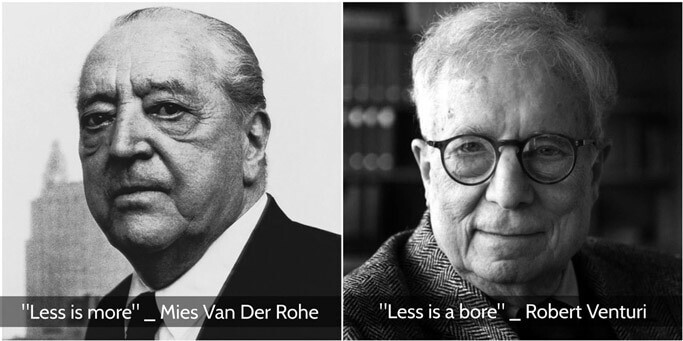
Against the idea that Mies summarized as “Less is more“, the slogan “Less is a bore” summarizes the reaction. New architectural movements emerge, aiming to wage war against modern architecture and to overcome the limiting doctrine of the modern movement with the pursuit of diversity. These movements can also be described as the mannerist phase of modern architecture.
Modern architecture theoretically rejected the “isms”, and the names of the new movements that oppose it are often referred to with “isms”. Even Modern architecture is now referred to as Modernism. The main ones of these movements are: New Brutalism, Metabolism, Late Modernism, Postmodernism, Deconstructivism.
The most famous examples of modern architecture generally ended in the middle of the 20th century; however, the design style continued to influence buildings into the late 20th century.
Do not forget to read our article on Postmodern Architecture to get information about the postmodernist movement that emerged after modern architecture!
Main Characteristics of Modernist Buildings
For modern architecture, which has many sub-styles, we can mention a few defining features that can be seen in different forms. The features of modern architecture are briefly; form follows function, rejects ornament, clean geometry, and preserves the natural appearance of the material. Key features commonly seen in modern architecture include:
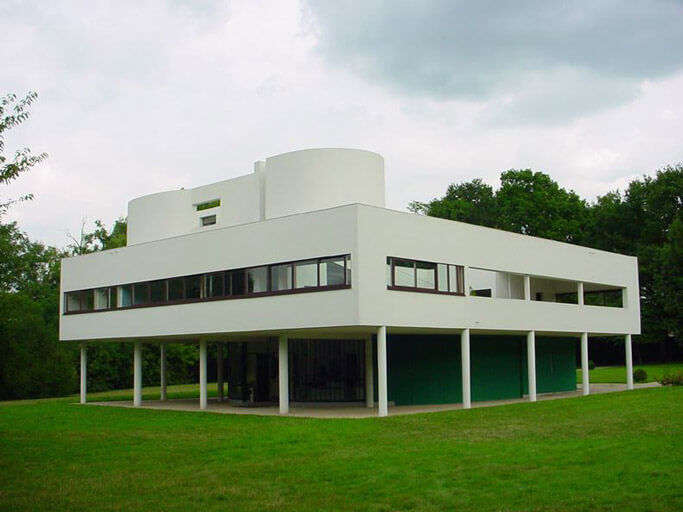
- Clean lines and geometric forms: Horizontal and vertical lines positioned at a 90-degree angle to each other are emphasized in modern architecture. Well-defined geometric forms; rectangular, cylindrical and cubic shapes are used.
- Minimalist design: All unnecessary decorations are removed from the design of a building, the only ornament should be the building itself. The focus is on materials and effective use of space.
- Wide roof overhangs and horizontal design: Modern buildings emphasize horizontal mass by using large roof terraces and roof gardens.
- Large glass walls and band windows: Large windows, even glass walls, are used to let in plenty of natural light into the interior. “band windows” arranged in horizontal stripes are characteristic features of modern architecture.
- Free-use open floor plans: Instead of separating the spaces with walls, large and spacious floor plans are preferred, where the dining and living areas flow into each other.
- Use of modern materials and techniques: The most common modern building materials; steel, concrete, iron and glass. Modern materials and systems such as steel columns, exposed concrete blocks, stained concrete floors, column-free areas and radiant heating systems are used.
- Innovative use of traditional materials: Traditional building materials such as wood, brick and stone have an innovative use in simple ways that showcase their natural beauty.
- Relationship with the natural environment: Buildings’ relationship with the surrounding natural landscape is important. Modern buildings are designed in such a way that the interiors best complement the natural environment.
- Asymmetrical compositions: Modern designs consist of asymmetrical compositions from large geometric shapes with a clean plan, free from unnecessary ornaments.
Modern Architecture Buildings by Country
Modern architecture, which was accepted as the “International Style” in the 1950s, has developed in different ways in different countries.
Amerikan Modern Architecture
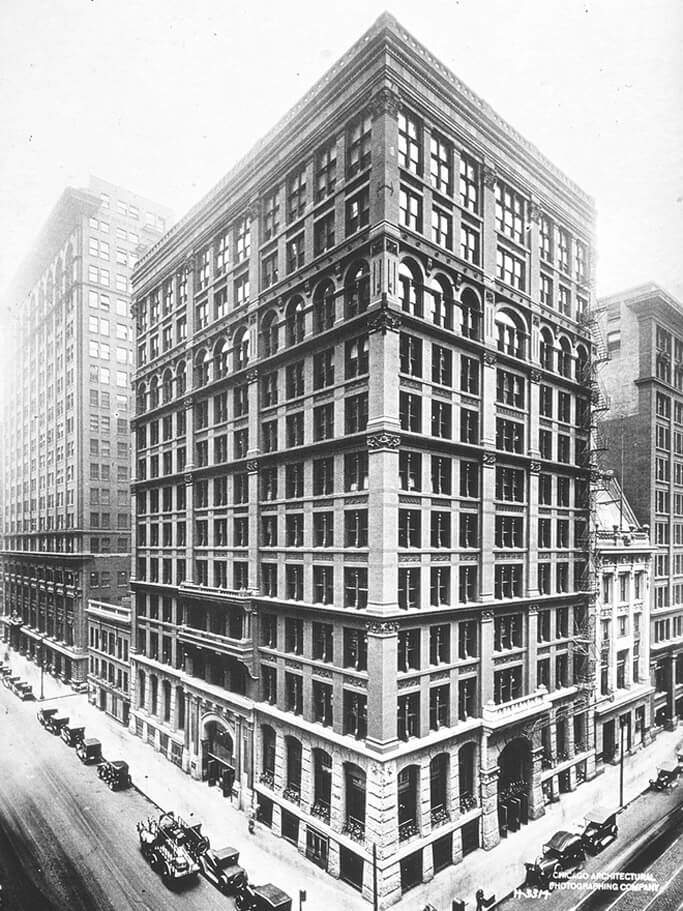
The first skyscrapers began to appear in the United States in the late 19th century, as a result of the development of new technologies combined with the shortage of land in the heart of rapidly growing American cities and the high cost of real estate. The first steel-framed skyscraper was the 10-story Home Insurance Building in Chicago, designed by William Le Baron Jenney in 1883. The Chicago school, founded in 1892, further developed the concept of the skyscraper.
After World War II, it is an important period in terms of building technology and housing needs. The need for shelter for millions of American soldiers returning from the war has led to the construction of many government-funded housing projects in devastated urban centres.
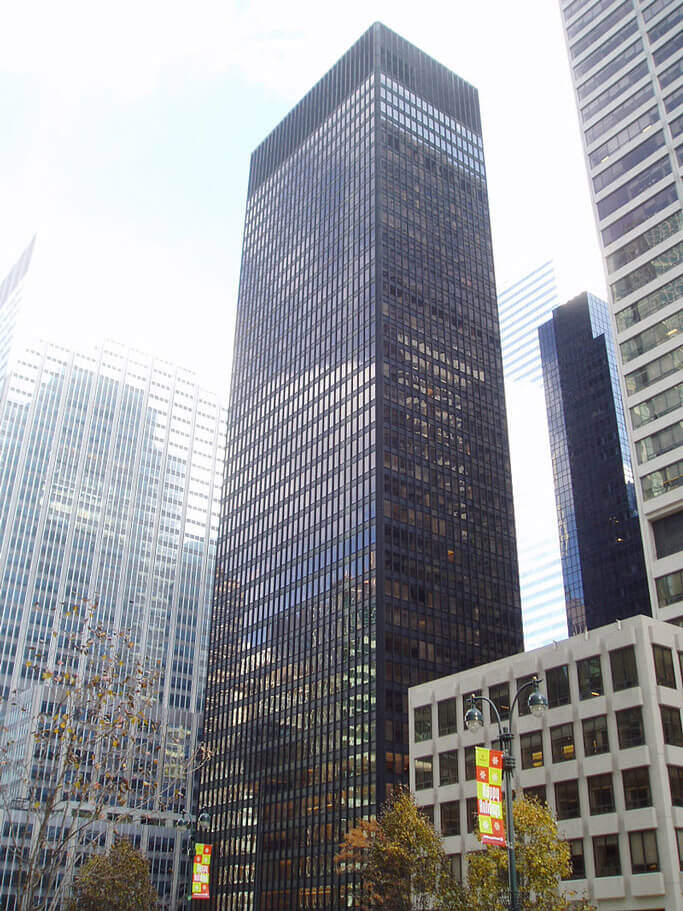
With the closure of the Bauhaus school in 1933, the settlement of its last manager, Ludwig Mies von der Rohe, and other Bauhaus architects in the USA, led to the rapid spread of modern architecture in America. The modern architecture that developed after World War II came to the fore with the design of high-rise corporate office buildings. An example is the Seagram building, the first skyscraper designed by Ludwig Mies van der Rohe in 1957.
As a result of the reactions to the post-war uniformed architecture, postmodernism emerged as the most dominant style in America in the early 1980s and many countries around the world followed this style.
Modern German Architecture
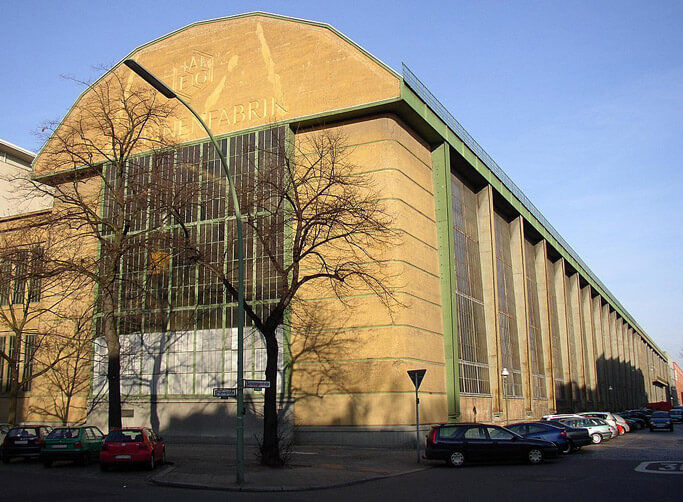
In 1907, the “German Business Federation“, a modernist industrial movement, was founded in Munich. Its aim was to bring designers and industrialists together, to produce well-designed high-quality products and to create a new type of architecture. In 1909 Behrens designed one of the oldest and most influential industrial buildings in the modernist style, the AEG turbine factory. In 1911–1913, the Fagus factory, another revolutionary industrial facility designed by Adolf Meyer and Walter Gropius, was established. In 1914, just a few weeks before World War I, a major modernist design exhibition was held in Cologne.

Walter Gropius founded the “Bauhaus School of Art and Design” in Germany in 1919, after World War I, providing education in a modernist style. Gropius was an advocate of standardization in architecture and the mass construction of rationally designed apartment blocks for factory workers. In 1929 he proposed the construction of clusters of slender 8 to 10-story apartment towers for workers in the suburbs of Berlin. When the Nazis came to power in Germany, they saw the Bauhaus as a training ground for communists and closed the school in 1933.
British Modern Architecture

Classicism was at the forefront in Britain until the beginning of the 20th century. In the 1920s, Art Deco became widespread and popular. Designed by Peter Behrens in 1925, the New Ways in Northampton is one of England’s first examples of modern architecture. The arrival of many leading European architects to England during the interwar period helped foster the development of modernist architecture, with structures such as the De La Warr Pavilion and Highpoint I.
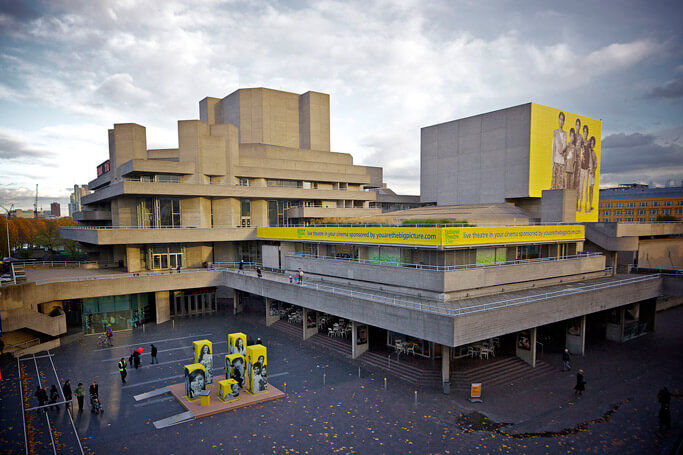
By the mid-1950s, under the influence of Le Corbusier, Modernism had evolved into what was called Brutalism. One of the landmarks of the time is the Royal National Theater in London. Brutalism; shopping malls, social housing, office buildings, multi-storey car parks etc. It has become a preferred style for functional urban structures. The leading proponents of modernism in England are the Smithsons and James Stirling.
The neo-local Postmodernist style that emerged in America with new city developments such as Milton Keynes in 1967 began to be adopted over time.
Modern French Architecture

Le Corbusier is considered France’s most famous architect, although he only built a few buildings in France. His most important late work is the abbey of Sainte Marie de La Tourette in Evreaux-sur-l’Arbresle. Inspired by the medieval monasteries he visited on his first trip to Italy, the plain and unadorned monastery was built of raw concrete.
Spanish Modern Architecture

Catalan architect Josep Lluis Sert, the most famous Spanish modernist; It has achieved great success in Spain, France and America. He worked under Le Corbusier for a while in the early years of his career. He designed the Spanish pavilion for the 1937 Paris Fair. His later notable works include the Fondation Maeght in Saint-Paul-de-Provence and the Harvard Science Center in Massachusetts.
Famous Modern Architects
The most famous representatives of modern architecture in the world who shape modern architecture with their theories and works are:
Walter Gropius
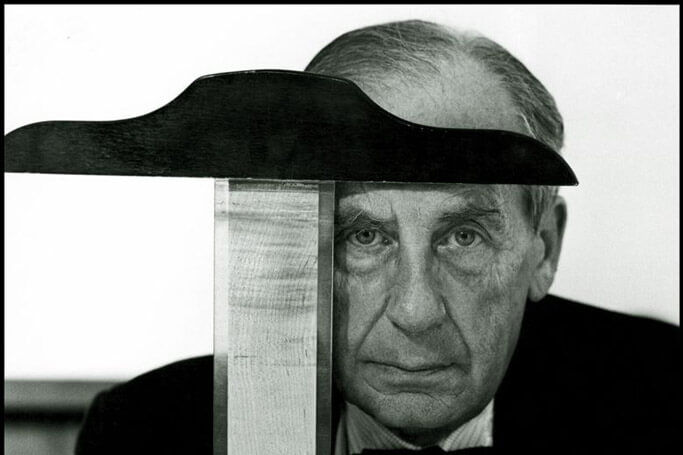
Walter Gropius, the founder of the Bauhaus, moved to England in 1934 after the Bauhaus was closed. Three years later, Gropius, who was invited to the USA and became the head of the architecture faculty at Harvard Design School, opened an office in Cambridge with Breuer. His achievements have inspired many students who will become famous architects of the future, such as Philip Johnson. In 1945 Gropius and Breuer worked with a group of young architects under the name TAC (The Architects Collaborative). Notable works include the Harvard School of Design building, the US Embassy in Athens (1956–57), and the headquarters of Pan American Airways in New York (1958–63).
Ludwig Mies van der Rohe

Ludwig Mies van der Rohe, famous for his phrase “Less is more”, was the director of the school of architecture known as the Illinois Institute of Technology from 1939 to 1956. The modern-style new buildings he built for the institute in 1948–51 became the model for tall buildings in America. With his works in the post-war period, he made Chicago the forerunner of American modernism.
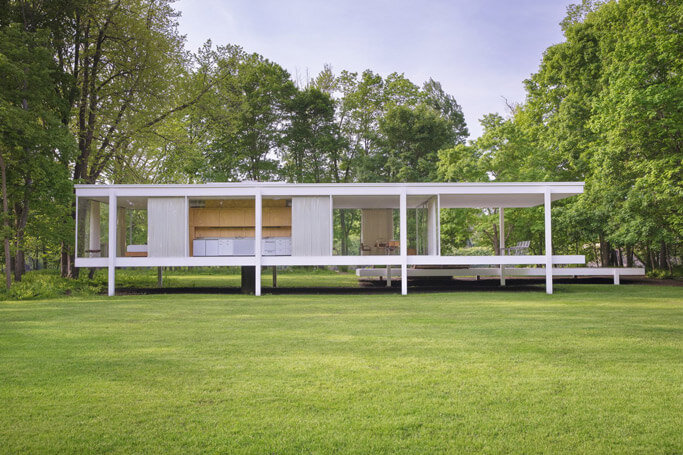
Another major work of his is the Farnsworth House, a simple horizontal glass box that has had a tremendous impact on American residential architecture. (1945–1951) Also, the Chicago Convention Center (1952–54), SR Crown Hall (1950–56), and the Seagram Building in New York (1954–58) set a new standard for the simple elegance of modernism. He returned to Germany in 1962-68 to build the Nationalgallerie in Berlin. Among his students and followers are Philip Johnson and Eero Saarinen, who were greatly influenced by his ideas.
Frank Lloyd Wright

Wright, who turned 80 in 1947, has witnessed American modernism from the very beginning. Although he refused to be involved in any movement, Wright is considered one of the pioneers of modern architecture. Until 1940, he signed many important projects. South Florida College, Johnson Wax Headquarters and Price Tower are some of his major projects.
In 1943 he was commissioned by art collector Solomon R. Guggenheim to design a museum for his modern art collection. Taking its visitors on a tour of the art of the 20th century, the museum is bowl-shaped with a spiral ramp inside. The construction, which started in 1946, was not completed until his death in 1959.
Le Corbusier

The French architect did not build a building for about 10 years during the war. Afterwards, he was commissioned by the French government for an apartment project in Marseille. The building, called Unité d’habitation, was later renamed Cité Radieuse. He follows the design doctrines contained in his book on futuristic urban planning. It has a concrete frame raised above the street on pillars. Within the concrete frame are 337 duplex apartment units with terraces, which are like pieces of a puzzle.
Le Corbusier designed furniture, carpets and lamps to match this fully functional building. The only decoration option that Le Corbusier gives to the residents is the colors in the interior. The famous structure has become the prototype for similar buildings in both France and Germany.
In this article, we tried to briefly answer the questions of ‘What is modern architecture‘ and ‘What are main characteristics of modernist buildings‘. To understand modernism in all its aspects, you can read our article on the “What is modernism definition“. Don’t forget to visit our homepage for inspiration on different topics related to interior design & architecture! 🙂

